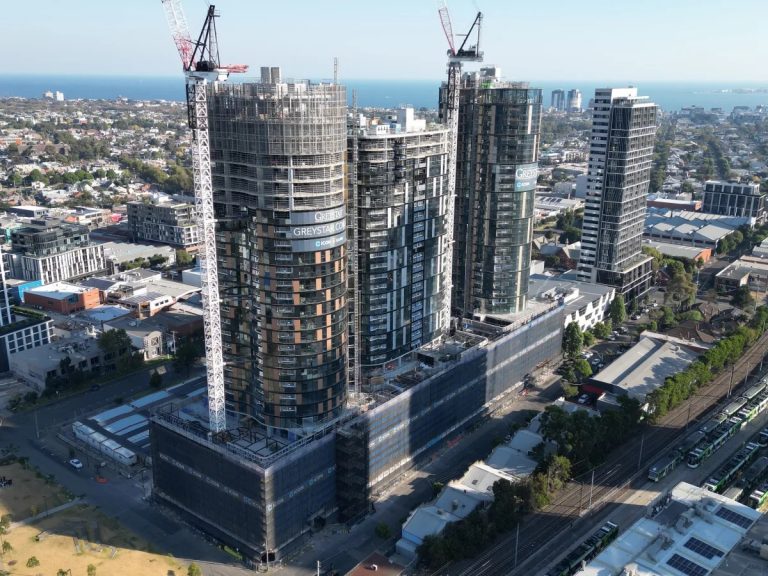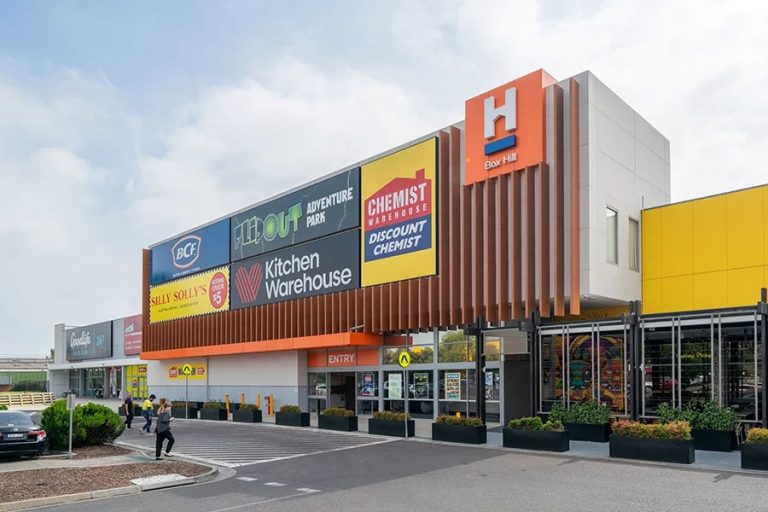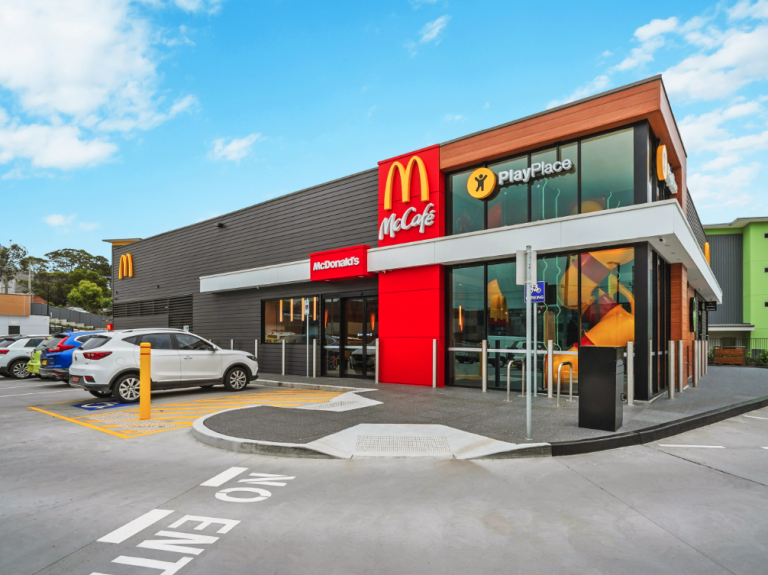The Aussie real estate the world’s biggest commercial landlord would ‘love’ more of

The world’s biggest commercial property owner, Blackstone, would ‘love’ to build more rental housing in Australia, but the costs are too great, says real estate boss Kathleen McCarthy.
Blackstone, which owns more than $900 billion (US$586 billion) of real estate globally, owns two Build-to-Rent apartment buildings in Brisbane and Melbourne under its Realm brand.
Speaking at the Asia Pacific Financial and Innovation Symposium in Melbourne, Ms McCarthy said Australia’s BTR sector was attractive because it was still in its early stages.
“Build-to-Rent is very interesting here in part because it’s so nascent,” said Ms McCarthy, who is global co-head of Blackstone real estate.
“As far as appetite, we would love to do more. There are some factors that impact international investors, of which we are one of them, that frankly add more cost to being an investor in the sector.”
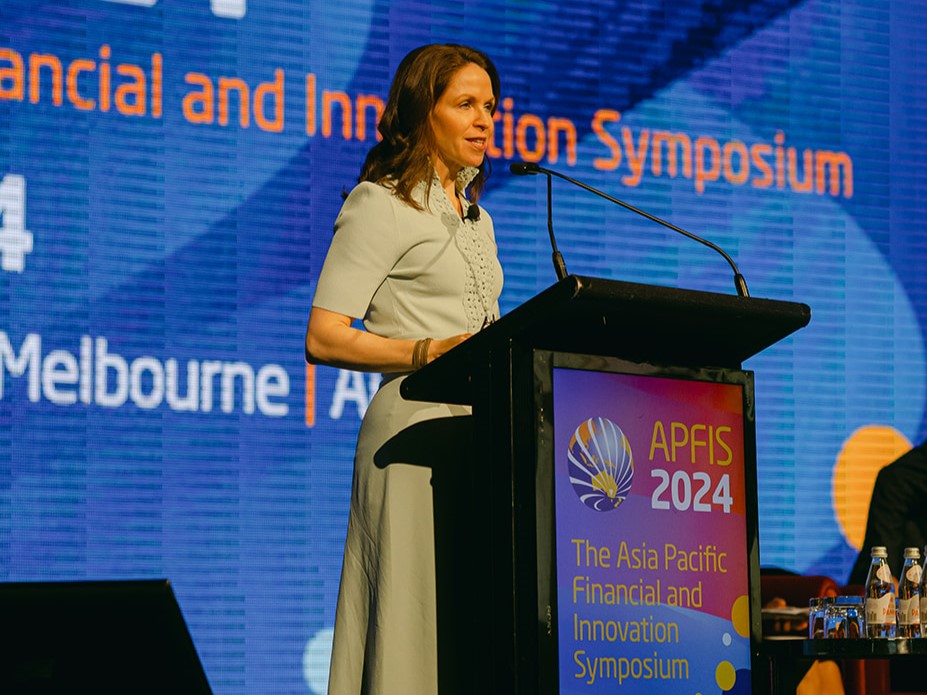
Blackstone global co-head of real estate, Kathleen McCarthy says Australia’s Build-to-Rent sector is still in its early stages. Picture: APFIS
Ms McCarthy said countries that are facing housing challenges such as Australia should be trying to make it easier for international capital to flow freely in to help address the problem.
“One of the things we’ve observed everywhere in the world is that costs, in various forms, have been added to construction costs effectively, and sometimes that is in the form of taxes, fees and other things,” she said.
“Government has a role in taking a look at that and saying ‘what are we doing to make it [easier] to build housing and attract capital into the sector’.
“On the macro, it’s super attractive but there are factors that international investors have to think about here in Australia.”
Industry calls for change
The comments join a chorus of voices, including property groups and other international investors, calling on policymakers to lower the barriers to entry into Australia’s BTR sector.
It comes as the federal government mulls tax changes designed to attract more international investors into Australia to build more rental housing.
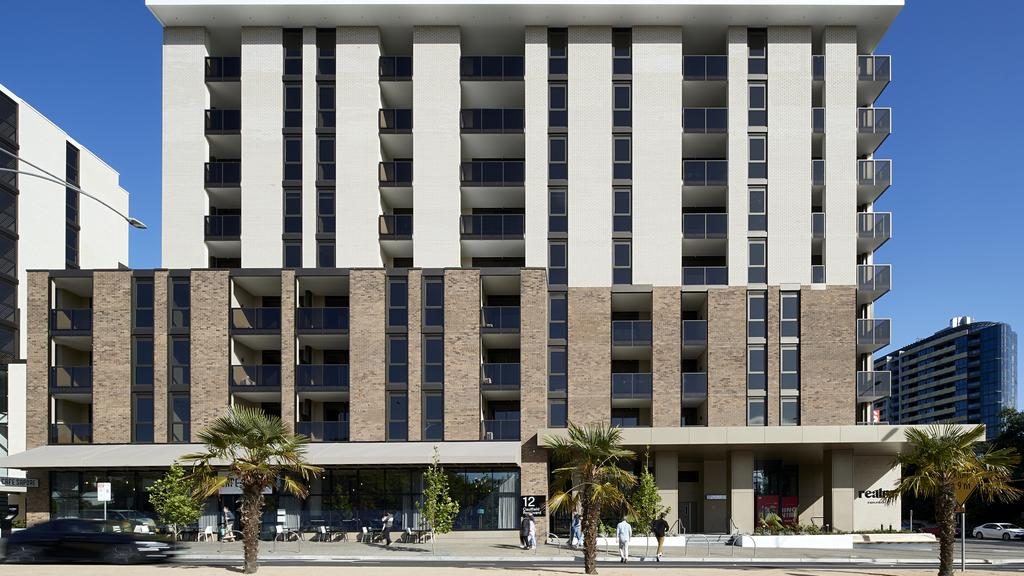
The Realm Caulfield complex has 437 rental apartments, including studio, 1-, 2- and 3-bedroom configurations. Picture: Supplied
The federal government is reviewing draft laws to allow eligible BTR managed investment trusts (MITs) to claim a 15% withholding tax rate.
To qualify for the tax incentive, 10% of the dwellings would have to be offered as affordable tenancies at a minimum of a 25% discount to the rent charged in similar dwellings within the project.
Implementing a 15% MIT withholding rate, without an affordable housing mandate, could lead to the creation of 150,000 apartments by 2033, according to 2023 EY modelling commissioned by the Property Council of Australia.
Property Council group executive policy and advocacy, Matthew Kandelaars, said the technical details of the draft legislation would make or break the delivery of these new homes and to achieving our national housing target.
“The enormous potential of a 150,000-apartment pipeline hangs in the balance and there’s only one chance to get this legislation right,” Mr Kandelaars said.
“Affordable housing is a crucial part of a broader housing mix, which is why we proposed an additional model that would protect the pipeline of 150,000 BTR apartments and deliver a further 10,000 affordable rental apartments at no extra cost to the taxpayer.”
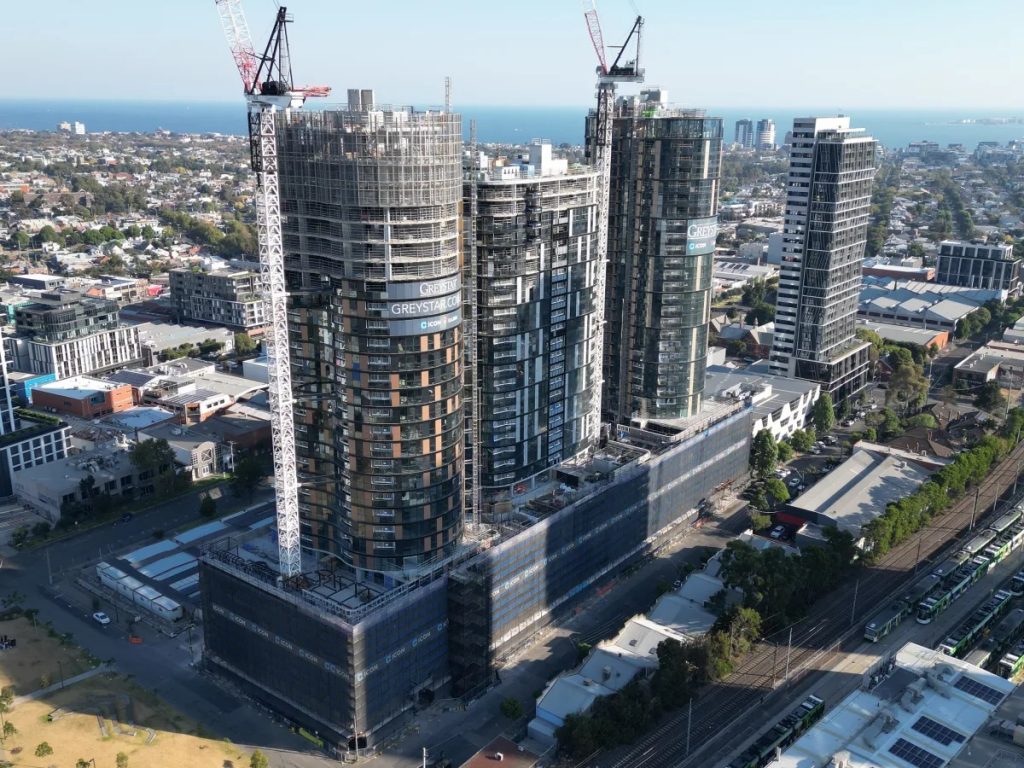
Global rental housing provider Greystar will open its South Melbourne BTR complex to residents in September. Picture: Greystar
Under the PCA’s alternative model, lowering the MIT withholding tax rate further to 10% for BTR projects with an affordable housing component could accelerate the delivery of 10,000 affordable homes over 10 years on top of those 150,000 rental homes.
“International capital, including Australian superannuation funds, is backing build-to-rent housing projects abroad as we speak,” Mr Kandelaars said.
“We need to redirect this capital to support the construction of new Australian homes.”
Federal, state and territory governments have set a national target to build 1.2 million new homes over the next five years to help alleviate the country’s housing crisis.
Just last week, Blackstone entered into an agreement to spend about US$10 billion to take full control of publicly listed Apartment Income REIT and its portfolio of 76 rental housing communities across the US.
Blackstone is a significant player in the rental housing sector, with rental housing excluding student accommodation accounting for about 21% of its global portfolio.

